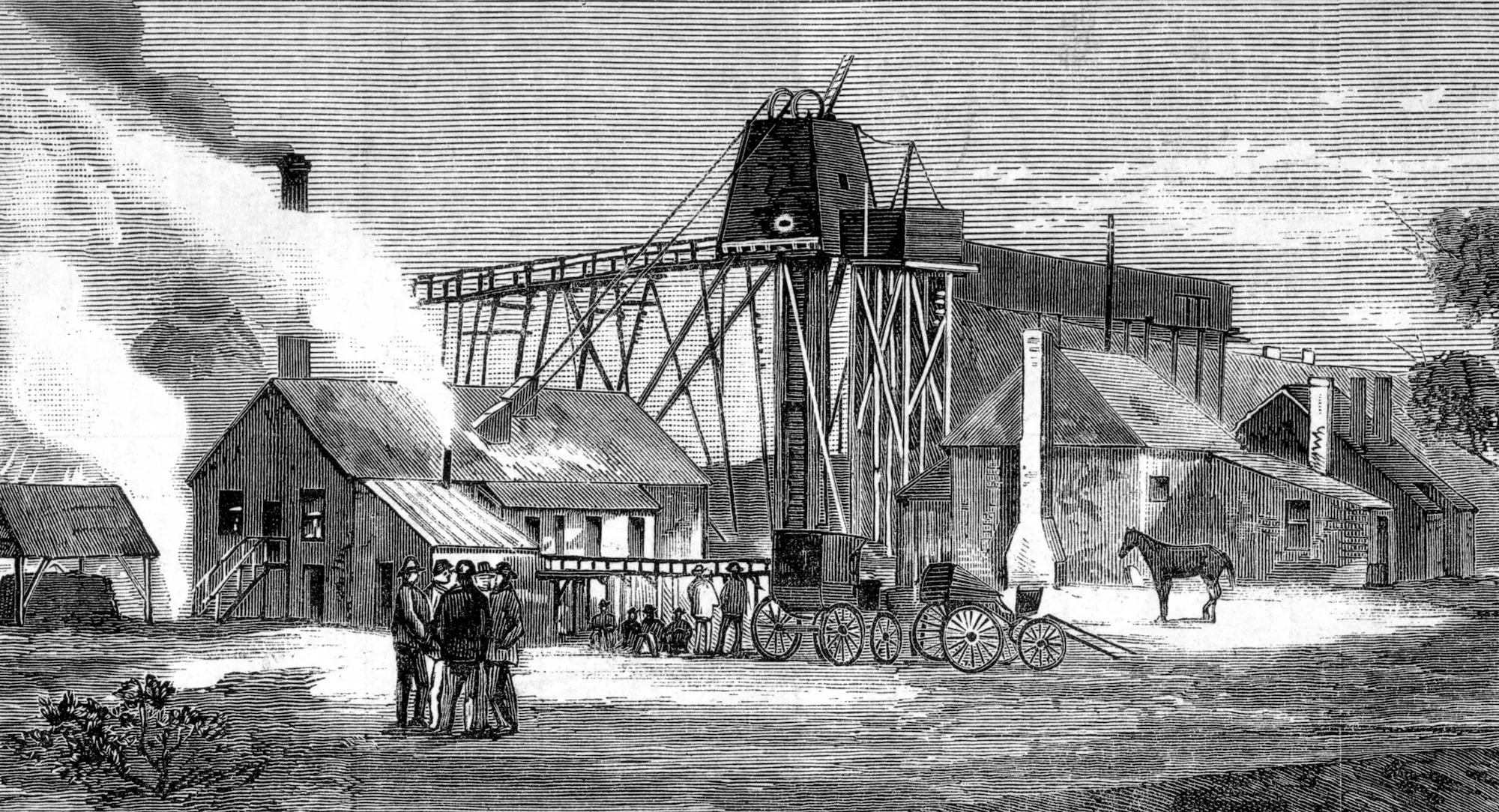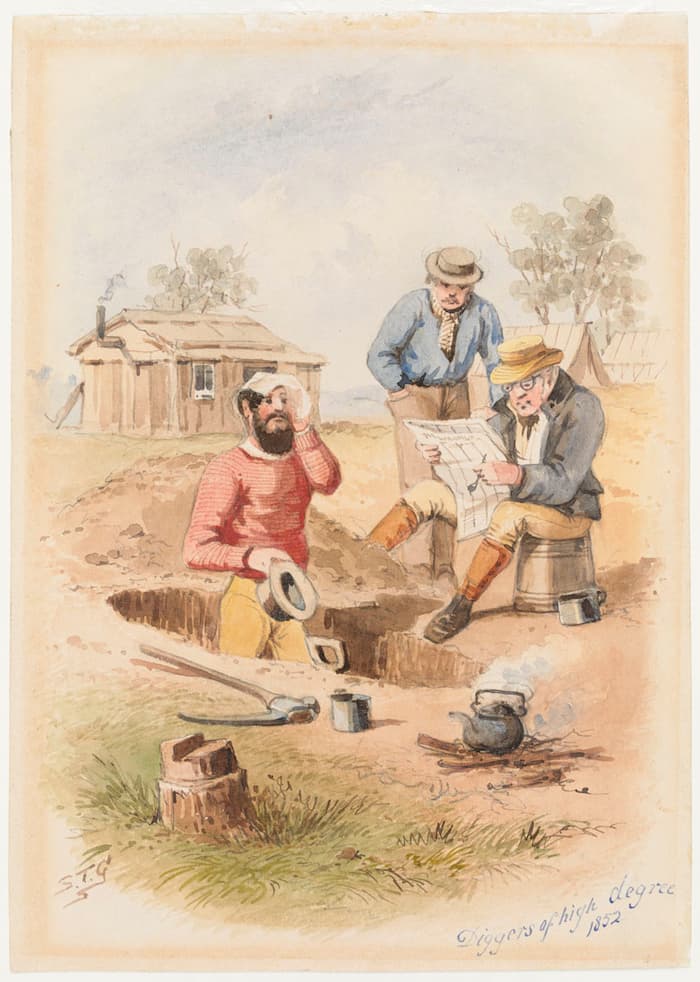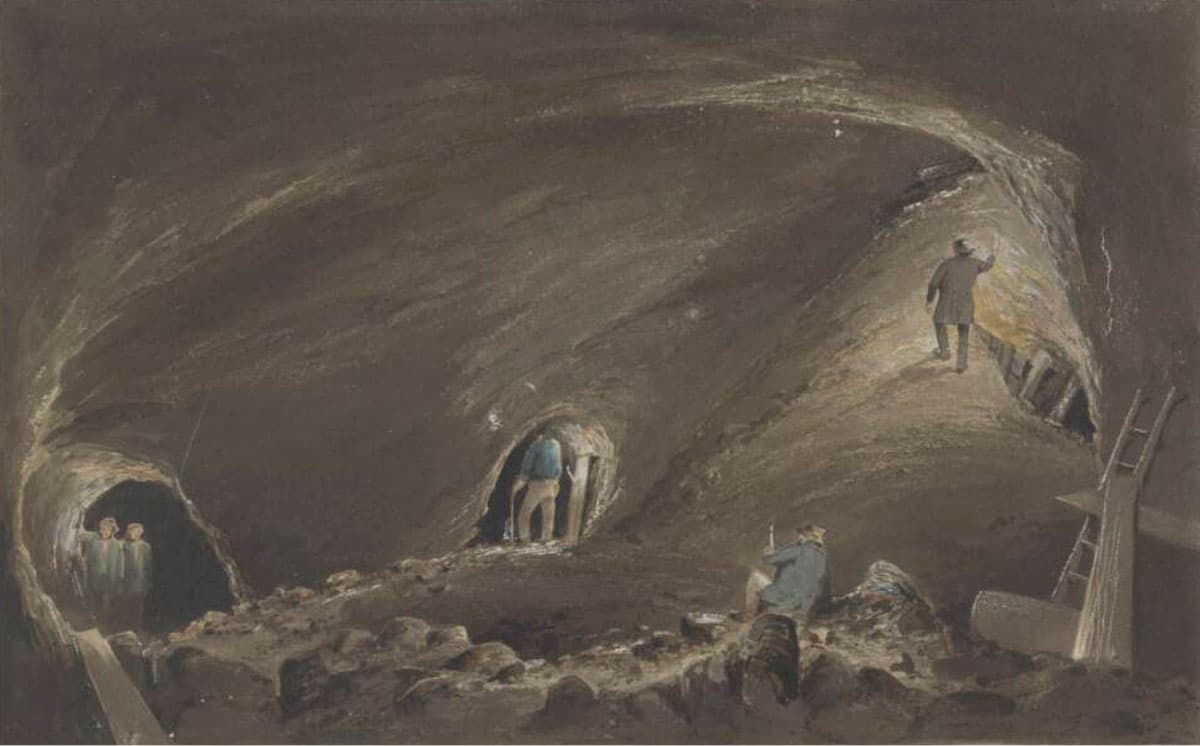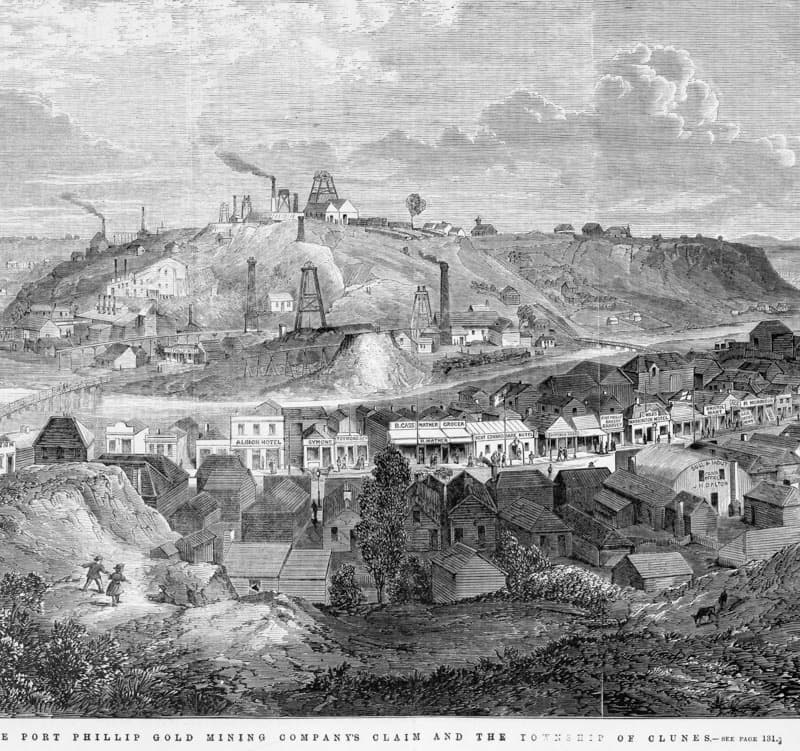
About
Minerals is a four-year research project (2022-26) designed to provide a new ecocritical and imperial literary history of the nineteenth century that rethinks the impact of extractive mineral industries on the developing Anglophone literary cultures of the British settler colonies of Australia, New Zealand and South Africa from the first major discovery of copper in Australia (1842) to the formation of the South African Union (1910). The project is funded by the Irish Research Council Starting Laureate (Grant agreement IRCLA/2022/3326).







